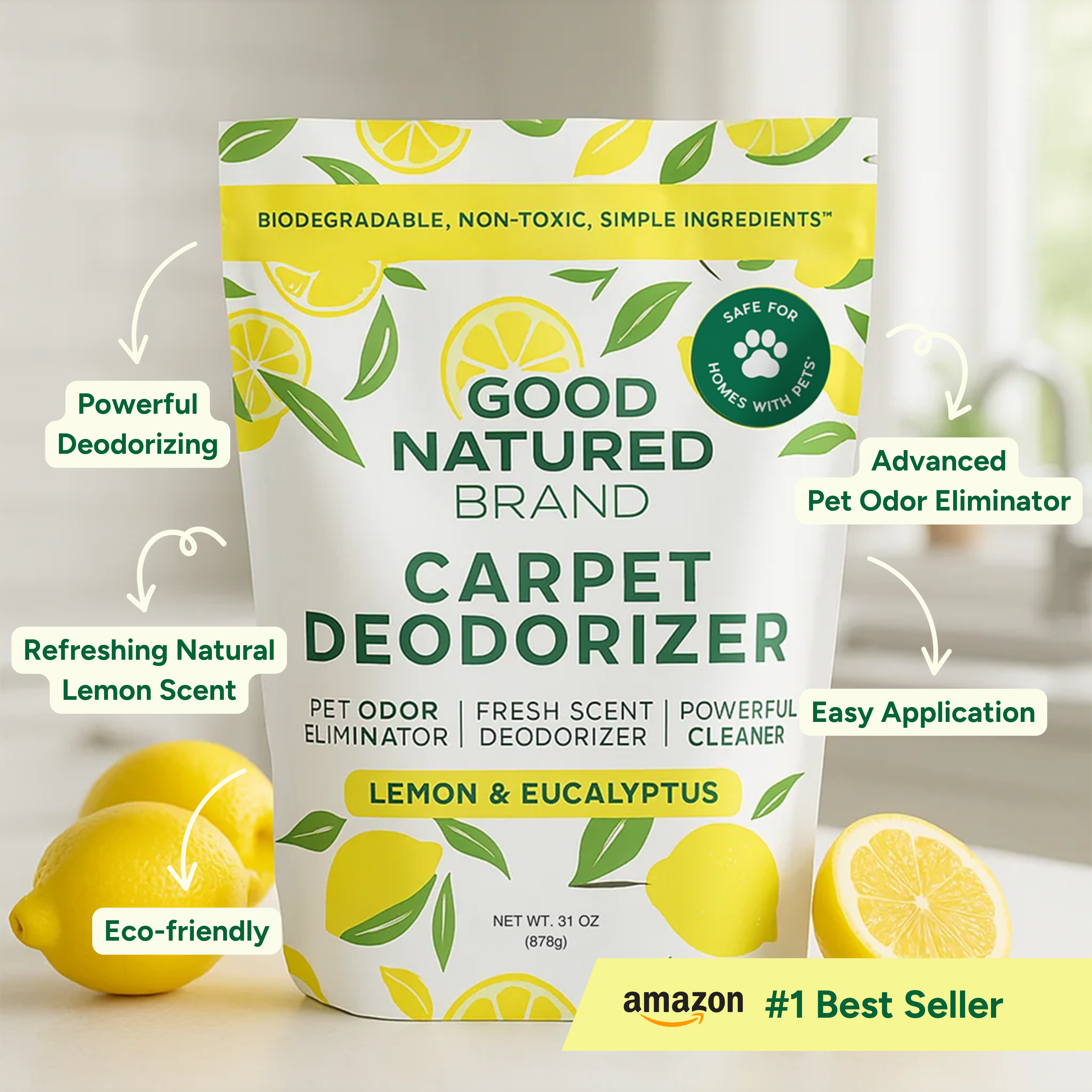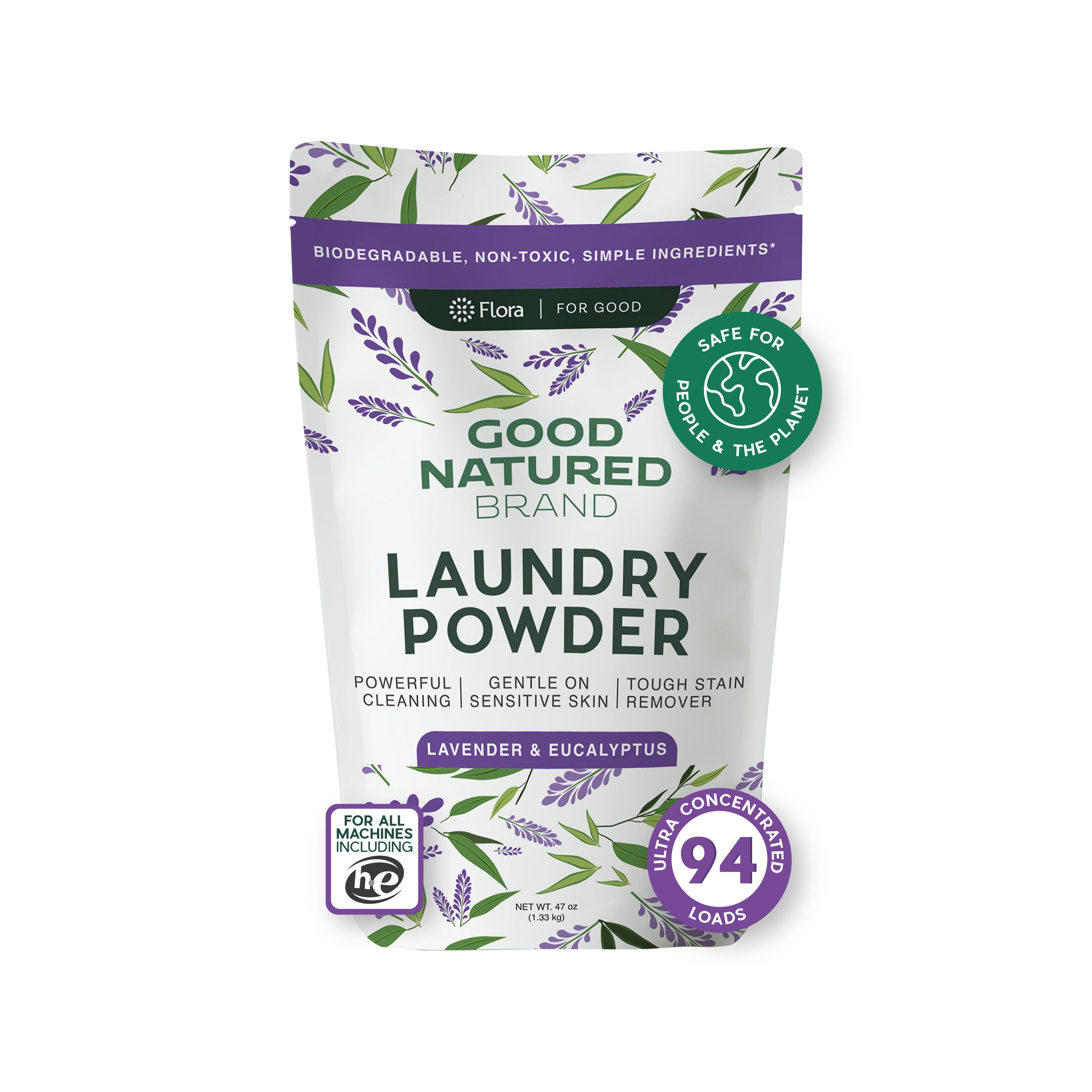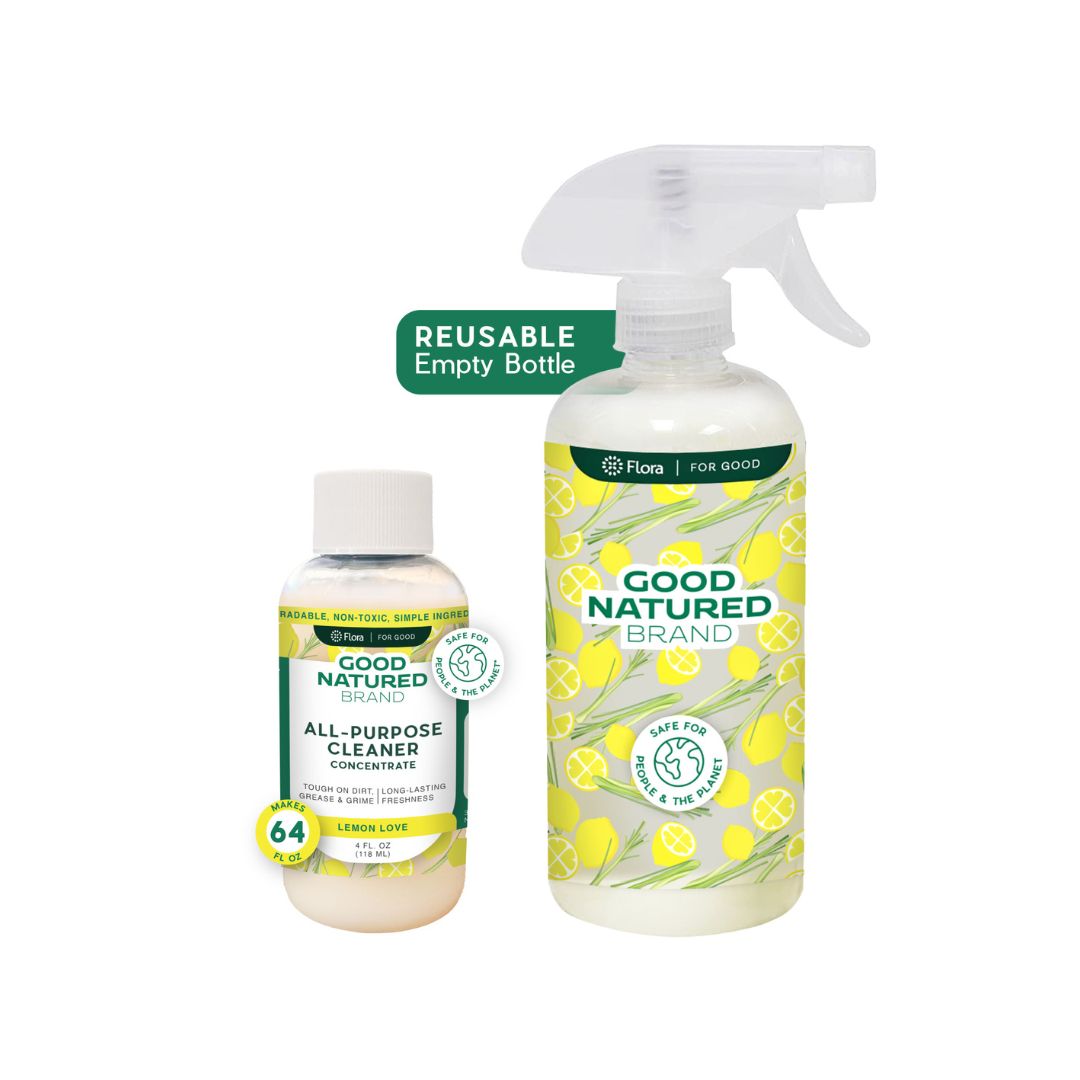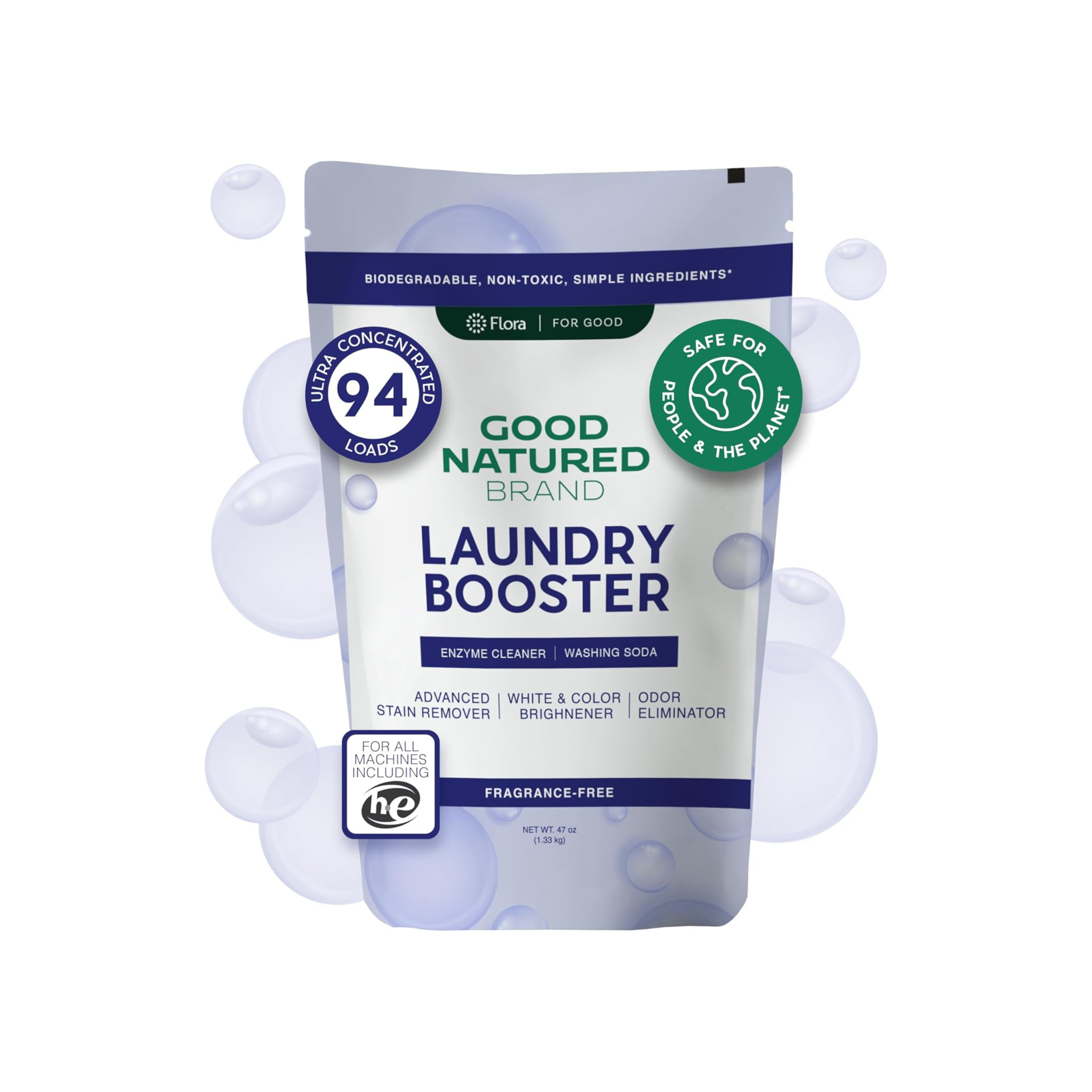As pet owners become increasingly aware of the environmental impact of their choices, transitioning dogs to a sustainable diet has gained significant attention. Just like humans, our furry companions can benefit greatly from a diet that emphasizes natural, ethically sourced ingredients. This blog will guide you through the importance of sustainable diets for dogs, the benefits of making this transition, and practical steps to ensure your dog’s health remains a top priority during the change.
Understanding Sustainable Diets for Dogs
Sustainable diets for dogs focus on the environmental, ethical, and health implications of pet food production. These diets often prioritize the following:
-
Natural Ingredients: Sustainable dog food is typically made from high-quality, natural ingredients that are less processed than conventional dog food. This includes whole grains, vegetables, and ethically sourced proteins.
-
Ethically Sourced Proteins: Many sustainable dog foods use proteins that come from animals raised in humane conditions, ensuring better treatment for livestock and fewer harmful environmental impacts.
-
Plant-Based Options: Some sustainable diets incorporate plant-based ingredients that can provide the necessary nutrients for dogs while reducing the carbon footprint associated with meat production.
Transitioning your dog to a sustainable diet not only benefits their health but also helps in reducing the overall environmental impact associated with pet food production.
The Benefits of a Sustainable Diet for Your Dog
Making the switch to a sustainable diet can provide several key benefits for your dog:
Improved Health
Dogs that consume a balanced, nutrient-rich diet tend to have better overall health. Sustainable dog foods often contain fewer fillers and artificial additives, which can lead to:
-
Healthier skin and coat
-
Improved digestion
-
Enhanced energy levels
Environmental Impact
By choosing sustainable dog food, you help reduce the carbon pawprint associated with pet food production. Sustainable practices can lead to:
-
Lower greenhouse gas emissions
-
Reduced resource consumption
-
Preservation of biodiversity
Supporting Ethical Practices
When you opt for sustainable dog food brands, you support companies that prioritize ethical practices in their sourcing and production. This means you contribute to:
-
Better treatment of farm animals
-
More responsible farming practices
-
Healthier ecosystems
Signs Your Dog May Benefit from a Diet Transition
While transitioning to a sustainable diet can be beneficial, it's essential to recognize the signs that your dog may need a dietary change. Here are some indicators to consider:
-
Digestive Issues: If your dog frequently experiences diarrhea, gas, or an upset stomach, it may be time to evaluate their diet and consider more wholesome options.
-
Allergies and Skin Problems: Dogs that suffer from allergies or skin irritations may benefit from a cleaner, more natural diet that avoids common allergens found in conventional pet food.
-
Low Energy Levels: If your dog seems lethargic or less active than usual, a diet rich in high-quality ingredients could help boost their energy and overall vitality.
By paying attention to these signs, you can determine whether a transition to a sustainable diet is necessary for your dog’s well-being.
Preparing for the Transition
Transitioning your dog to a sustainable diet requires careful planning. Here are some steps to help you make the switch smoothly:
Research Sustainable Brands
Start by researching brands that offer sustainable dog food options. Look for companies that prioritize high-quality, natural ingredients and have transparent sourcing practices. Reading reviews and testimonials can also help you make informed choices.
Consult Your Veterinarian
Before making any significant changes to your dog's diet, it's essential to consult your veterinarian. They can provide personalized advice based on your dog's unique health needs and help you select the best sustainable options.
Gradual Transition
Transitioning your dog to a new diet should be done gradually to avoid digestive upset. Begin by mixing a small amount of the sustainable food with your dog’s current food. Gradually increase the proportion of the new food over a week or two until your dog is fully transitioned.
For maintaining a clean feeding area during this transition, consider using All Purpose Cleaners to ensure a hygienic environment for your dog.
Choosing the Right Sustainable Dog Food
When considering a sustainable diet for your dog, it’s crucial to select high-quality food that meets their nutritional needs. Here are some guidelines to help you choose the best options:
Types of Sustainable Dog Foods
-
Organic Dog Foods: Look for dog foods labeled as organic. These products are made from ingredients that are grown without synthetic pesticides and fertilizers, ensuring a healthier diet for your dog.
-
Plant-Based Options: Many brands now offer plant-based dog food that is rich in essential nutrients while having a lower environmental impact. These options can be suitable for dogs with certain dietary restrictions but should be balanced to meet all nutritional needs.
-
Ethically Sourced Proteins: Opt for dog foods that use proteins sourced from animals raised in humane conditions. Brands that prioritize sustainability will often have certifications to prove their practices.
Reading Labels
Understanding dog food labels is vital for ensuring you choose the right product. Here’s what to look for:
-
Protein Content: Ensure that the primary ingredient is a high-quality source of protein, whether it’s meat or plant-based.
-
No Fillers or Artificial Additives: Avoid foods that list fillers like corn or soy, as well as artificial colors and preservatives.
-
Nutritional Balance: Check for a balance of protein, fats, and carbohydrates, as well as added vitamins and minerals that contribute to your dog's overall health.
For maintaining a clean feeding area during this transition, consider using All Purpose Cleaners that are safe for your pets to keep their dining space hygienic.
Incorporating Sustainable Foods into Your Dog's Diet
Transitioning to sustainable dog food doesn’t have to be overwhelming. Here are steps to make the process smoother:
Mixing Old and New Foods
Start by mixing a small amount of the new sustainable food with your dog’s current food. Gradually increase the proportion of the new food over a week or two. This method helps your dog adjust to the new flavors and ingredients without causing digestive issues.
Portion Control and Adjustments
Monitor your dog’s weight and adjust portion sizes as necessary. Sustainable dog food may have different calorie densities than their previous diet, so be attentive to your dog's body condition and energy levels.
Monitoring Health and Behavior
During the transition, closely observe your dog for any changes in behavior or health. Look for improvements in energy levels, coat condition, and digestive health. If any adverse reactions occur, consult your veterinarian for further advice.
Making Homemade Sustainable Dog Food
For those interested in a more hands-on approach, preparing homemade dog food can be a rewarding way to ensure your dog gets a sustainable diet. Here are some tips:
Recipes and Ingredients
When making homemade dog food, aim for a balanced diet that includes the right proportions of protein, grains, and vegetables. A basic recipe might include:
-
Protein: Cooked chicken, turkey, or lentils
-
Grains: Brown rice or quinoa
-
Vegetables: Carrots, peas, or spinach
Always consult your veterinarian to ensure your recipes meet your dog’s nutritional requirements.
Nutritional Balance
Ensure that homemade meals are nutritionally balanced. You might consider adding supplements to cover any deficiencies.
Cleaning Up
After preparing your dog’s meals, maintaining a clean environment is essential. Use Carpet Deodorizers to handle any spills or messes, and keep your kitchen tidy with Room and Linen Sprays that help keep the area smelling fresh.
Combining Probiotics with Sustainable Diets
As part of transitioning your dog to a sustainable diet, consider incorporating probiotics. Probiotics can enhance digestive health and improve nutrient absorption, especially during dietary changes.
Choosing Probiotic Supplements
Look for high-quality probiotic supplements specifically designed for dogs. Consult your vet for recommendations on suitable products.
Introducing Probiotics Gradually
Like with food, introduce probiotics slowly into your dog’s diet. Monitor how they respond to ensure they are comfortable with the new addition.
Conclusion
Transitioning your dog to a sustainable diet is not only beneficial for their health but also contributes positively to the environment. By choosing high-quality, ethically sourced food and incorporating homemade meals, you can ensure that your furry friend thrives. Always remember to consult your veterinarian for personalized advice and to monitor your dog’s health throughout the transition.
For additional resources, check out Good Natured Brand's Blog for more insights on pet care, and explore their range of eco-friendly products to maintain a clean and healthy home environment for your furry friend.



















